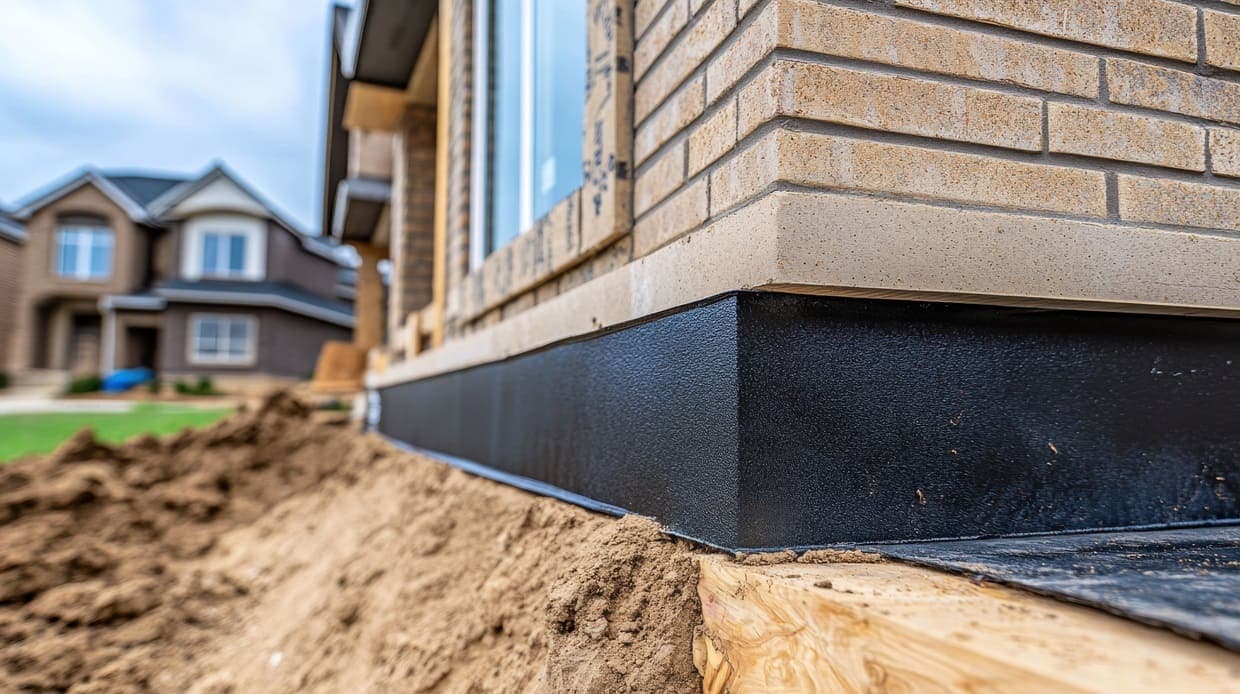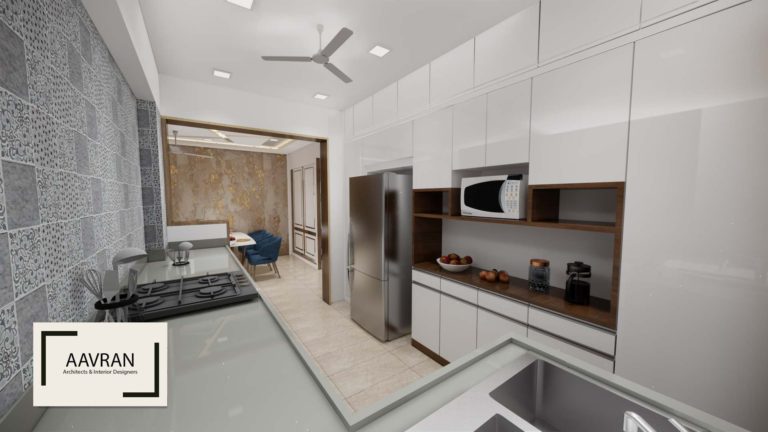
Table of Contents
Those mysterious cracks in your walls or that stubborn door that refuses to close properly might be more than just minor annoyances – they could be your house’s way of waving a red flag about foundation issues. A recent industry survey involving 978 respondents revealed a startling truth: 78% of homeowners express serious concerns about potential foundation damage to their properties and for a good reason – these repairs can deal a heavy blow to your bank account. In this blog, we will discuss signs you need foundations repair as soon as possible.
Signs You Need Foundation Repair Earliest
Nobody wants to think about foundation repairs, but catching these issues early can save you from major headaches (and major expenses) down the road. Understanding these warning signs can help you take action before a small problem becomes a structural nightmare. So, here are the key warnings you should never ignore.
1. Cracks in Walls or Floors

One of the most obvious signs of foundation trouble is cracking. Hairline cracks in drywall or brick might seem harmless, but when they widen to 1/4 inch or more, it’s time to pay attention. Horizontal cracks in basement walls are especially concerning, as they often indicate pressure from shifting soil or water damage. Floors aren’t immune either: cracks in concrete slabs or tile flooring can signal movement beneath your home.
Also Read: Horizontal Cracks in Walls of RCC Framed Structure
These warning signs shouldn’t be dismissed as mere cosmetic issues. While not every crack spells disaster, postponing the repair could lead to more severe structural problems down the line. The key is to monitor these cracks over time. If they’re actively growing or changing shape, or if you notice multiple cracks forming in the same area, it’s crucial to have them evaluated and addressed by a foundation repair company.
2. Doors and Windows That Stick or Won’t Close Properly
If your doors suddenly stick or your windows jam when you try to open them, don’t just blame the humidity. Your home’s foundation could be shifting beneath your feet, causing door frames and window casings to warp and lose their square alignment.
You might notice gaps at the top of a door when it’s closed, a window that refuses to latch properly, or even doors that swing open by themselves – all red flags that warrant attention from a foundation repair specialist.
These issues go beyond mere inconvenience. They can also indicate a progressive foundation problem that could worsen over time. What starts as a sticky door today might evolve into more serious structural issues tomorrow, potentially requiring costly repairs down the road.
Catching and addressing these warning signs early often means simpler, more affordable solutions and prevents the domino effect of structural damage throughout your home.
3. Uneven or Sloping Floors
Ever place a ball on the floor and watch it roll on its own? While this might seem like a quirky party trick, it’s actually a serious warning sign of foundation problems. A sloping floor is often your first clue that something’s not right underneath.
These uneven surfaces aren’t just aesthetic issues or charming characteristics of an aging home, they’re symptoms of potentially serious structural problems. To check your floors, grab a level or even a simple marble: place it in different spots across your rooms, especially near load-bearing walls and in the center of larger spaces.
Pay special attention to areas that feel spongy or bouncy when you walk on them, as this could indicate floor joists that have shifted due to foundation movement. Watch out for gaps between your baseboards and flooring, too.
4. Water Pooling Around the Foundation
Water is the foundation’s worst enemy. Studies from the Insurance Information Institute showed that water damage and freezing accounted for 27.6% of all homeowners’ insurance claims, with foundation damage being a significant portion of these cases. Thus, if you notice puddles lingering near your home after rain, the soil around your foundation could be oversaturated. Over time, this erodes the soil or causes it to expand, both of which destabilize the foundation.
Common culprits include clogged gutters spilling over, downspouts dumping water too close to your house, or poorly graded soil that slopes toward your foundation instead of away from it. While some solutions, like installing French drains or extending downspouts, can help manage water flow, they’re just band-aids if the underlying drainage issues aren’t addressed.
If you’re regularly seeing standing water around your foundation, especially if it takes more than 24 hours to dissipate after rain, don’t wait, this is nature’s way of telling you it’s time for a professional evaluation.
5. Chimney or Porch Tilting Away From the House
A leaning chimney or tilting porch might look like something out of a funhouse, but there’s nothing amusing about these serious structural warning signs. These features are typically built on foundations separate from your main house, making them particularly vulnerable to shifting soil conditions and settlement issues. When one part moves differently than another, it creates a dangerous game of structural tug-of-war that can lead to catastrophic failures.
If you spot a gap between your chimney and exterior wall that’s wider at the top than the bottom or notice your porch steps no longer line up perfectly with your home, your foundation is crying out for attention.
As per the Cristina Miguelez, initial repairs for minor tilting might cost between USD$250 and USD$1,200, which might seem steep until you consider the alternatives: a collapsed chimney can crash through your roof, damage other parts of your house, or worse, cause serious injury to anyone nearby.
6. Musty Smells or Visible Mold Growth
That musty odor and mold creeping along your baseboards might signal more than just dampness – they often point to foundation cracks, allowing moisture to seep inside. While basements and crawl spaces typically show the first signs, mold can hitch a ride through your HVAC system to reach the upper floors.
Beyond compromising your home’s air quality, this persistent moisture weakens wooden support beams. Quick action against these leaks prevents both health issues and structural decay.
7. Sudden Spike in Energy Bills
If your heating or cooling costs skyrocket without explanation, check your home’s foundation. Gaps caused by settling or shifting let outside air infiltrate your home, forcing your HVAC system to work overtime. Drafts near floors or walls are common culprits. Sealing these gaps might lower bills, but if the root cause is foundation damage, repairs will offer longer-term savings.
Key Takeaway
Foundation problems won’t fix themselves; they’ll only worsen over time. Spotting cracks, sticking doors, uneven floors, or water pooling early can mean the difference between a minor repair and an expensive overhaul. Schedule regular inspections, particularly if you live in areas prone to soil instability or extreme weather conditions. When these signs appear, don’t delay, have a licensed foundation specialist evaluate your home immediately.






























